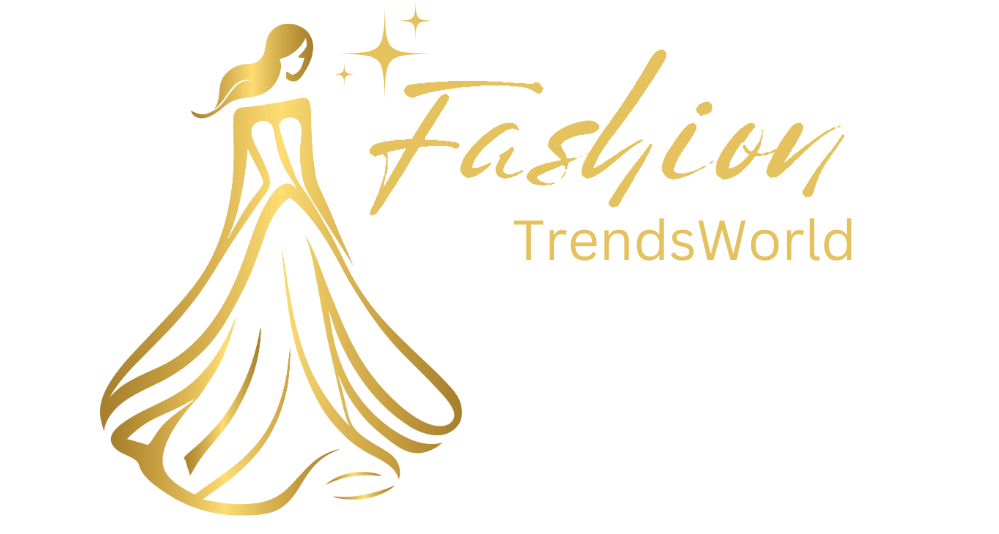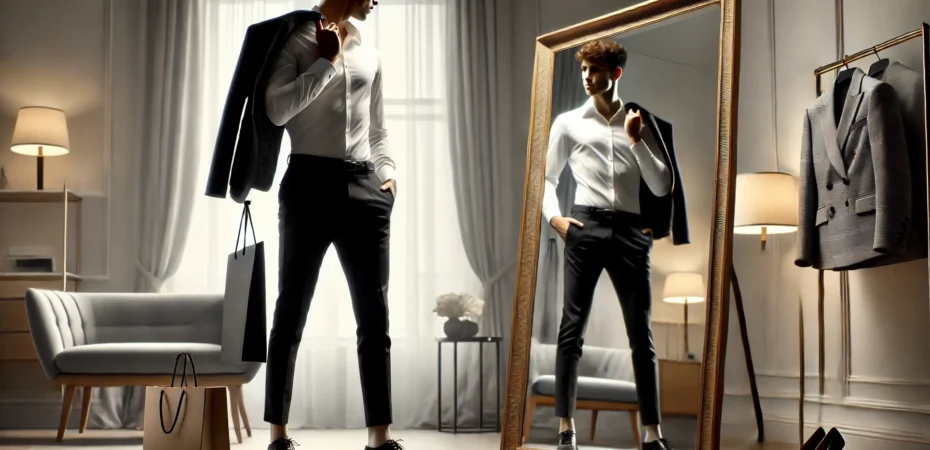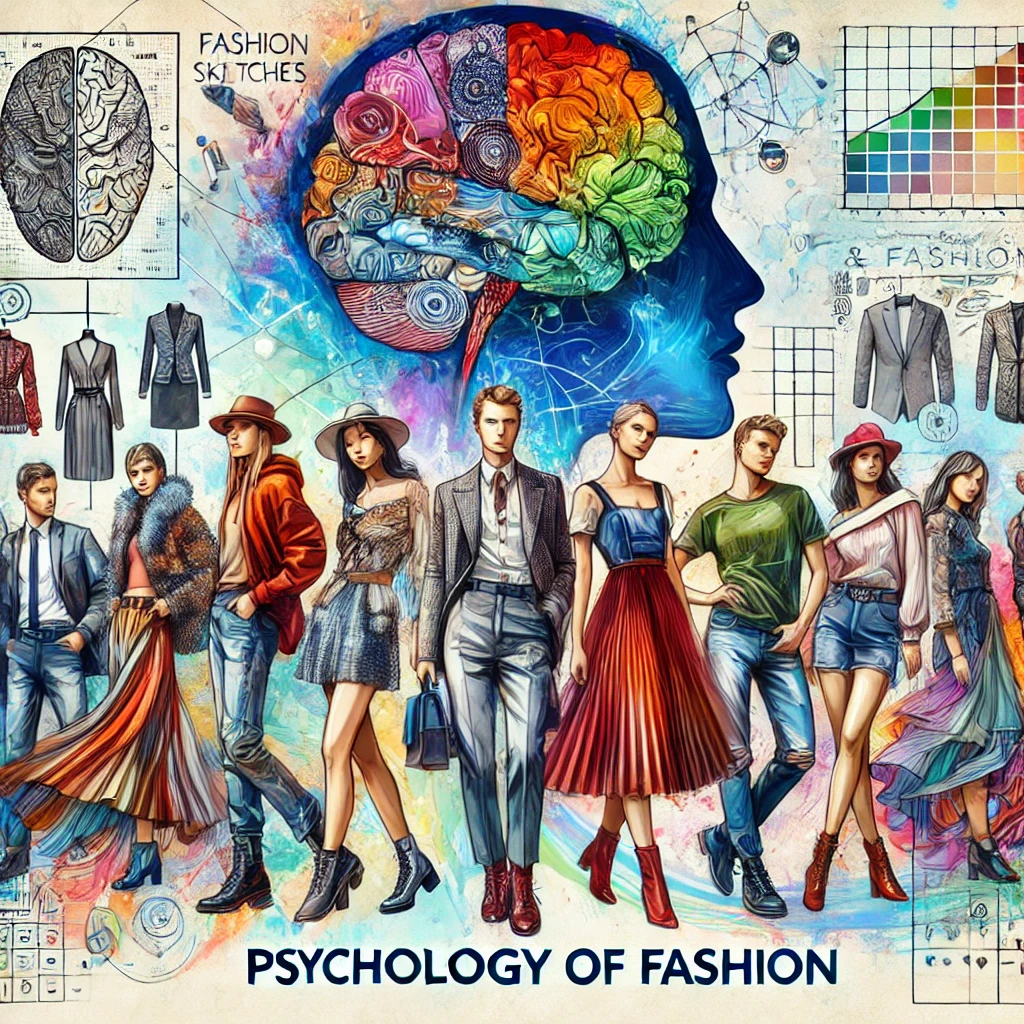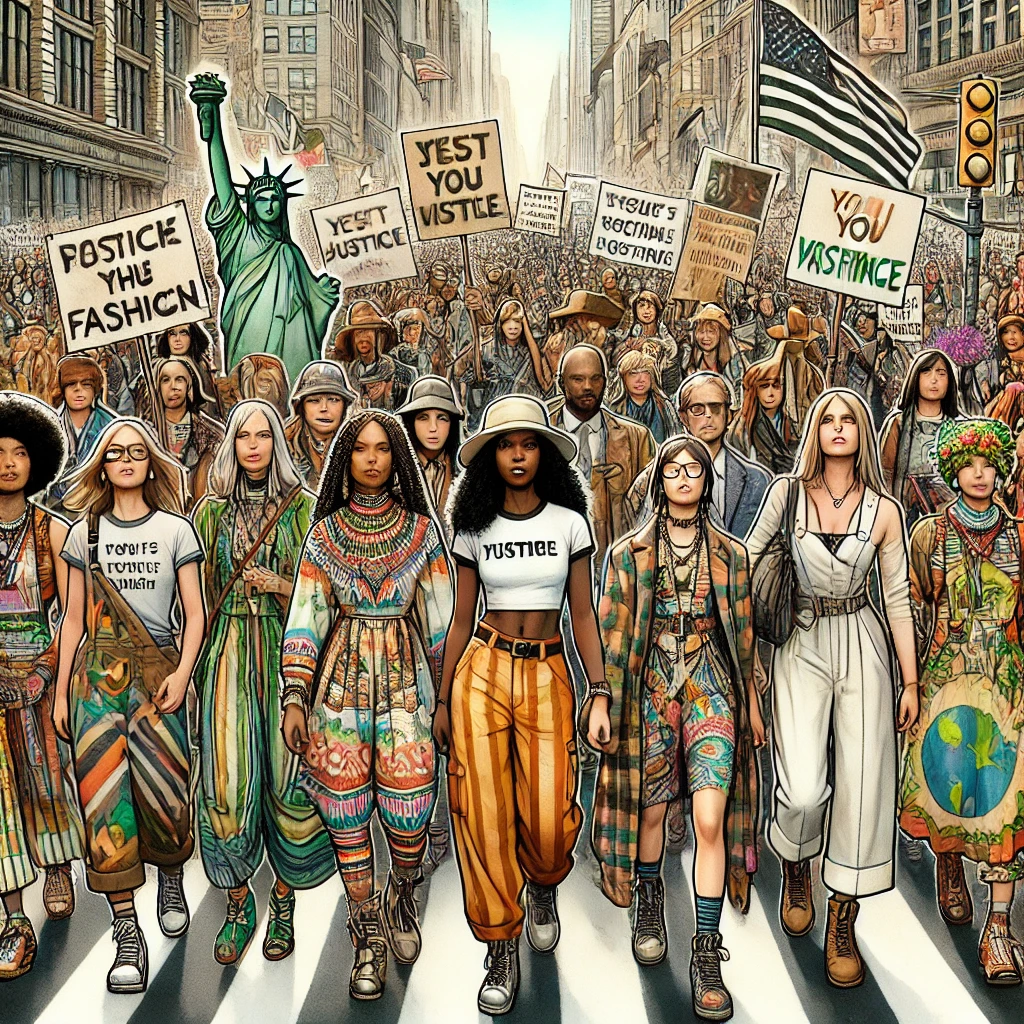The Power of Fashion: How Clothing Shapes Identity and Confidence
5 months ago fashiontrendsworld Comments Off on The Power of Fashion: How Clothing Shapes Identity and Confidence
Introduction: Where Fashion Meets Identity and Confidence
It’s more than just something people wear, because it can be a shaping force that works in tandem with our own sense of self and way of navigating the world. The sum of that is a whole lot more than a suit adorned with minimal length length shooting the cuff or the brighter dress conveying happiness, conveying one’s identity. It is a tool that we employ to express who we are, who we would like to be, and how we want to be perceived. More than a beauty tool, fashion possesses the ability to increase our self-confidence, hence transforming not just the way others see us but the way we see ourselves as well. This piece elaborates on the deep link between style and identity and self-esteem, and how the outfits we pick shape our lives in ways we could not have envisioned.
Psychology of Clothing: How what we wear influences perception
“Dress for success” is a psychologic truth and dress as a non-verbal communication that sends strong signals to the people on the personality, status, and intentions. This phenomenon is referred to as “enclothed cognition,” which indicates that the clothes we wear influence our cognitive processes and behaviors. For example, formal attire enhances abstract thinking and attention to detail, while casual wear may stimulate creativity and relaxation. The colors, textures, and silhouettes we choose also shape perceptions. A bright red blazer may send the message of self-confidence and decisiveness, while a pastel color combination may present serenity and friendliness. Once we comprehend the psychological effects of clothing, we can use them to our advantage in projecting an image we would like to see ourselves as and thereby affecting how people treat us.
Fashion as a Mirror: Reflecting Personal and Cultural Identity
Fashion is a mirror to both personal and cultural identity. On an individual level, what we wear is our external expression—a projection of our values, beliefs, and emotions in visual form. Be it minimalist clothing that proclaims a love of simplicity or the eclectic mix of patterns that pronounces a bold adventurous spirit, through fashion we tell our story in the absence of a word. At a more general cultural level, clothing remains a marker of heritage, tradition, and belonging. From intricate embroidery in a traditional kimono to vibrant prints in African textiles, fashion preserves and celebrates cultural stories. In an increasingly fluid world of identities, fashion is where one draws the canvas to blend and redefine belonging.
The Confidence Catalyst: How Clothing Empowers Self-Expression
There is undoubtedly a bond between clothes and confidence. When we wear something that aligns with our self-image, we feel a sense of authenticity that radiates outward. This alignment creates a feedback loop: the more confident we feel, the more confidently we act, and the more positively others respond. Fashion empowers self-expression by providing a toolkit for experimentation and reinvention. A shy person might find his or her voice in a striking outfit, while someone transitioning in their career might use tailored pieces to project professionalism and competence. The choice of what to wear is, in itself, an exercise in agency—a reminder that we have control over how we present ourselves to the world.
The Role of Fashion in Breaking Societal Norms and Stereotypes
Fashion has been an instrument of revolution against societal norms and stereotypes. Starting from Coco Chanel’s invention of trousers for women to the modern labels like Telfar and Palomo Spain who are famous for their gender-fluid designs, clothes can disrupt and redefine cultural expectations. Fashion can challenge binary thinking through androgynous silhouettes, bold statements, or subversive designs. It also allows for spaces of marginalized voices. It is the spaces where communities seek to repossess their narratives and reclaim their presence. So, pushing boundaries and questioning conventions make the language of fashion a simple way of activismadvocating on behalf of inclusivity, diversity, and equity.
Sustainable Fashion: Matching Style with Deeper Values for Further Confidence
Sustainable fashion represents a powerful movement in the wake of heightened environmental consciousness, aligning style with values. Choosing the ethically produced, eco-friendly clothing is no longer a fad; it’s a statement of purpose. It makes many individuals feel more confident because it demonstrates a commitment to making conscious decisions that benefit not only people but the planet as well. This switch towards sustainability also disrupts the fast-fashion paradigm, pushing consumers to focus on quality rather than quantity and to perceive clothing as investments rather than disposable goods. Adopting sustainable fashion empowers the individual not only through personal style but also understanding that such choices can contribute towards a better cause.
Conclusion: Enrich Your Life with Fashion as a Transformative Power
Fashion is a multipurpose influence capable of transcending aesthetics. It is a means of self-discovery, an inspiration for confidence, and a medium for cultural and social change. By realizing how deep clothing’s influence can go on identity and perception, we can make informed decisions that actually reflect who we are and what we want to become. Whether through strong statements, silent nuances, or sustainable practices, fashion empowers us to engage with the world authentically and purposefully. In embracing the transformative power of fashion, we unlock the potential to not only shape our own lives but also to influence the world around us.





